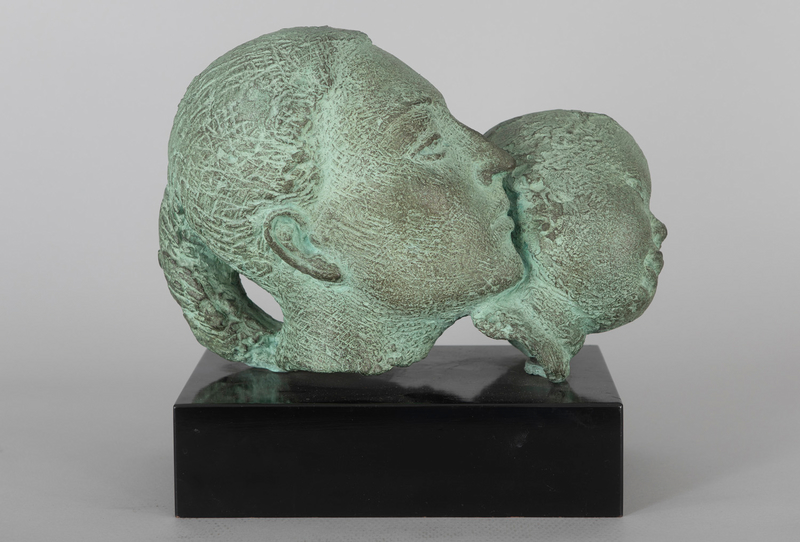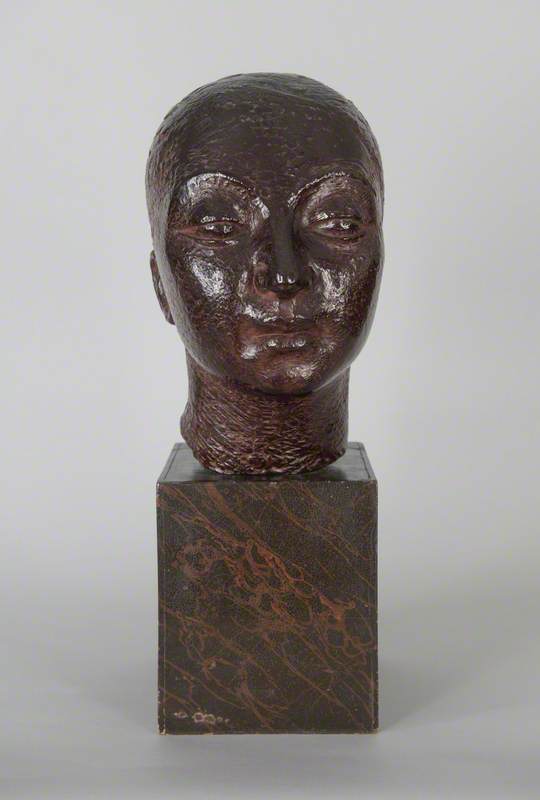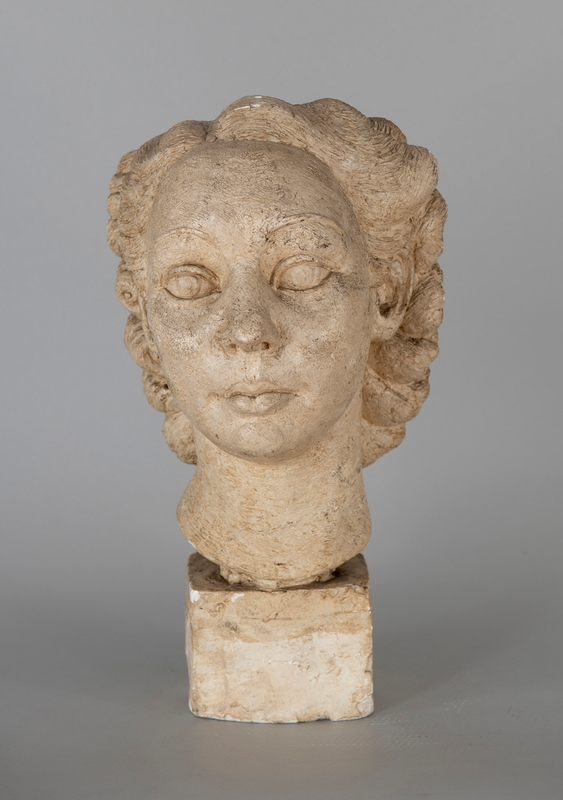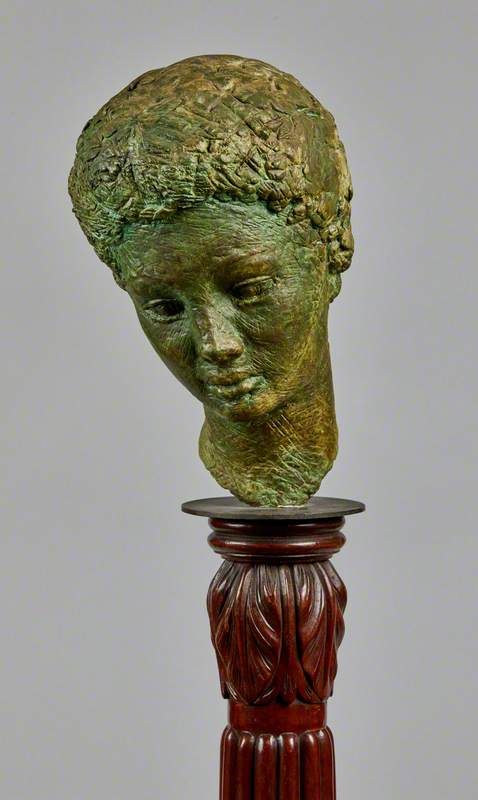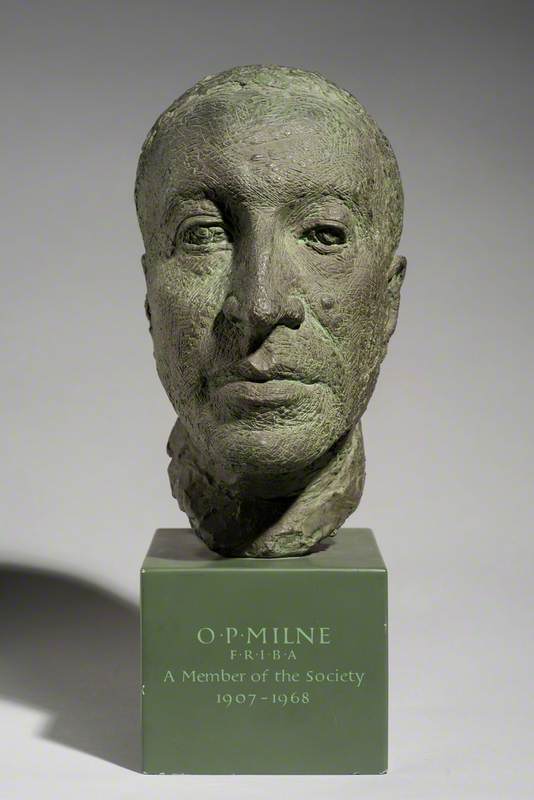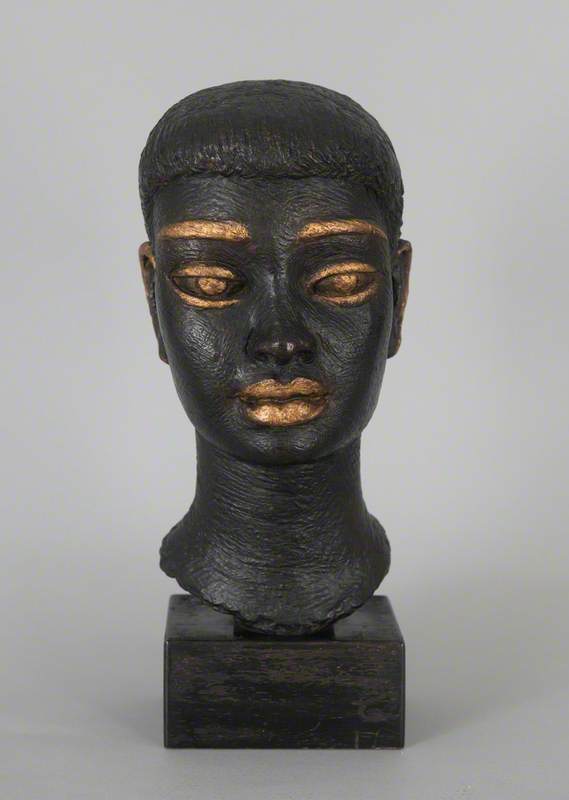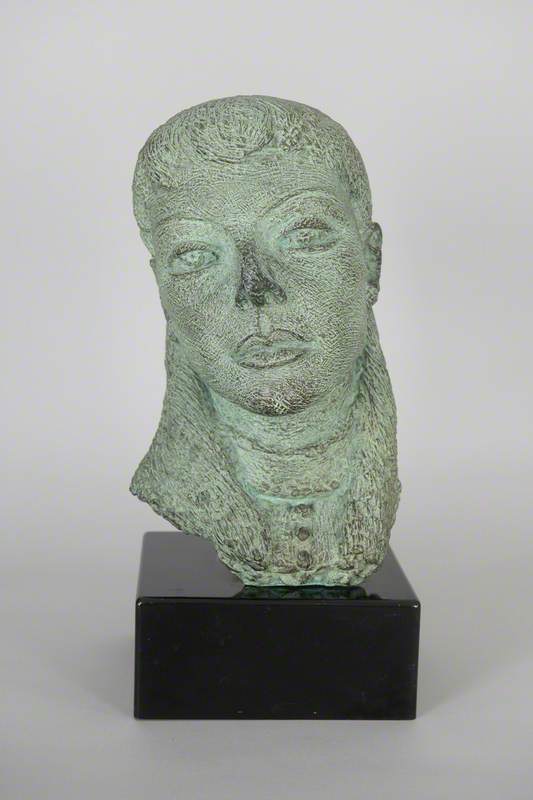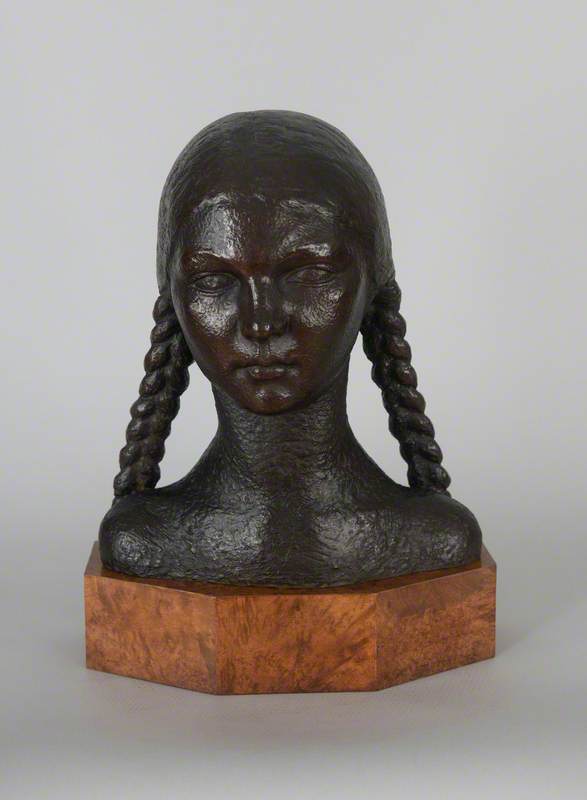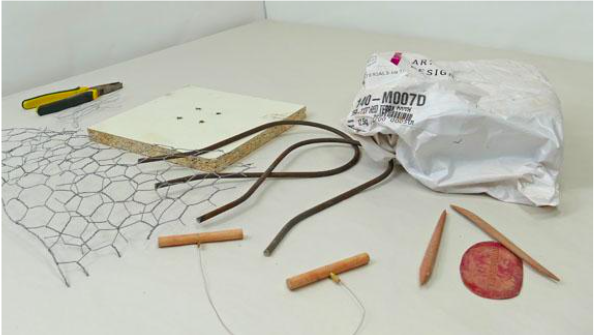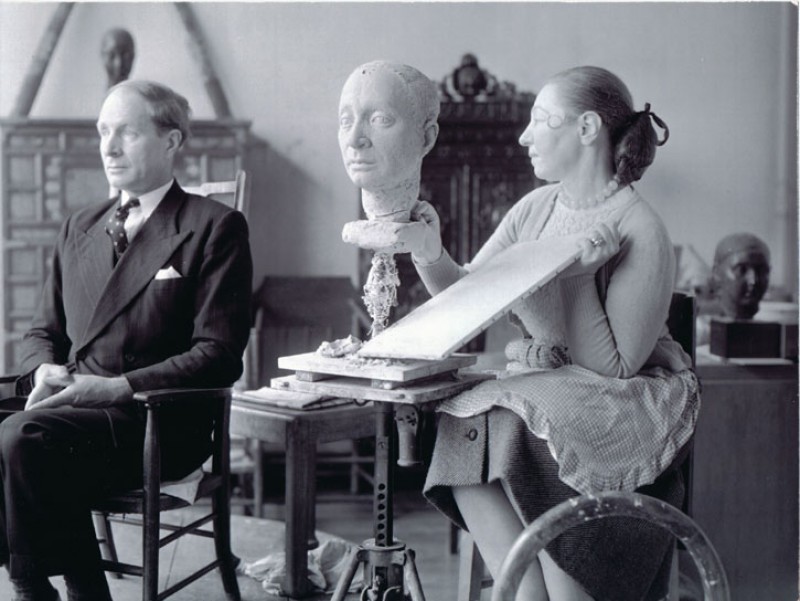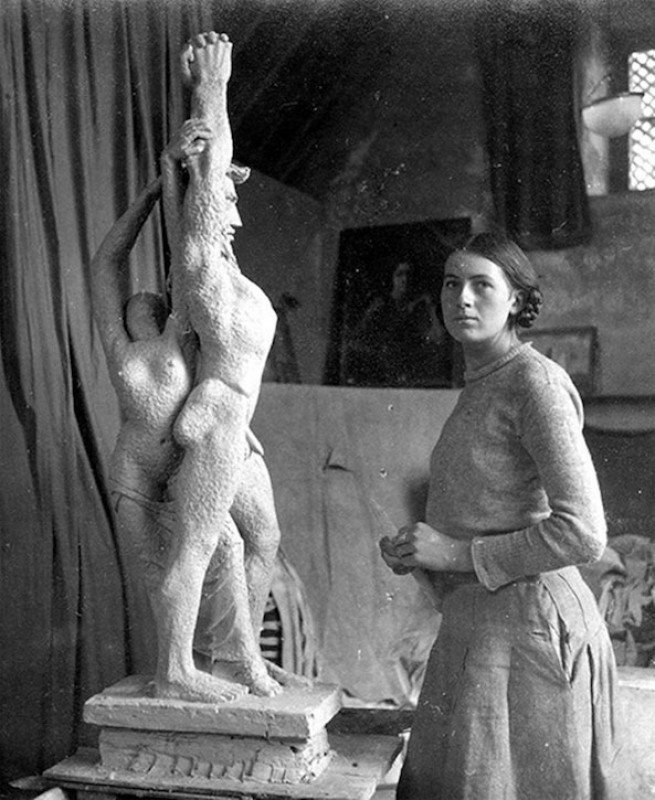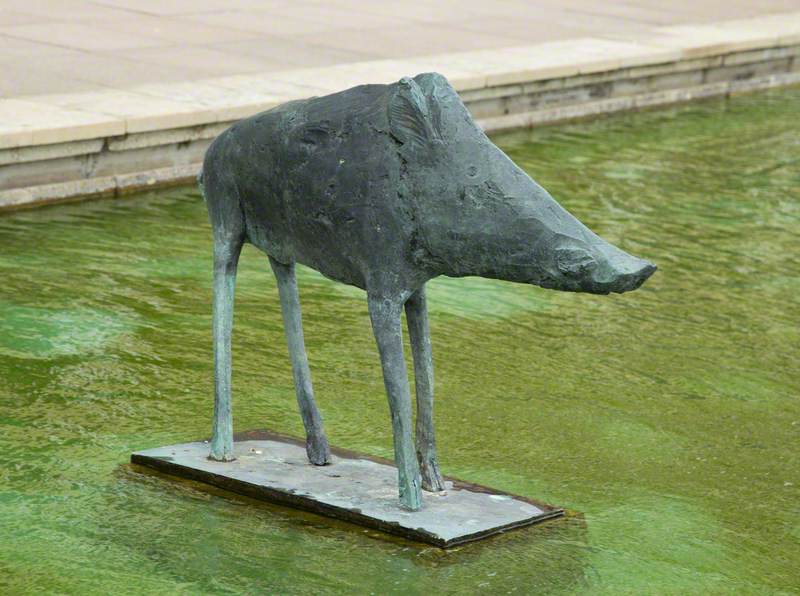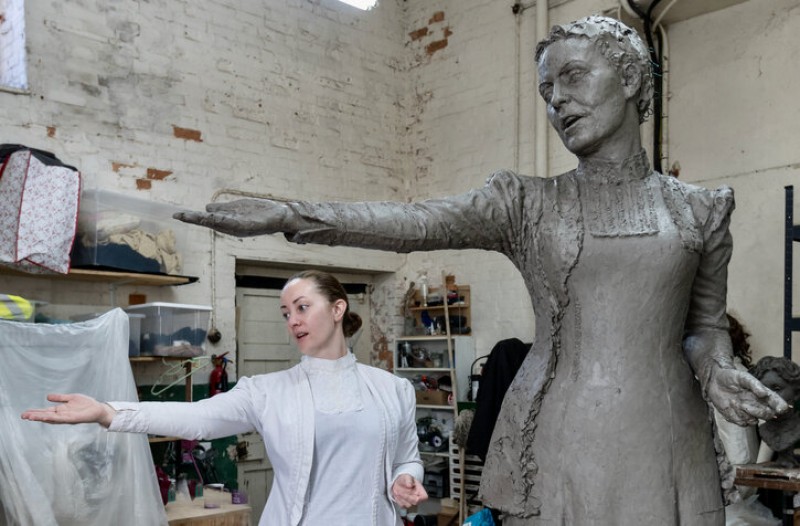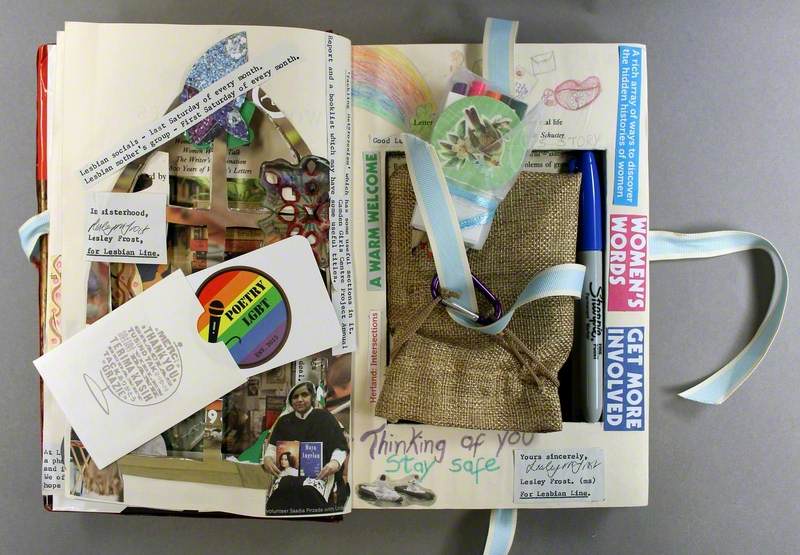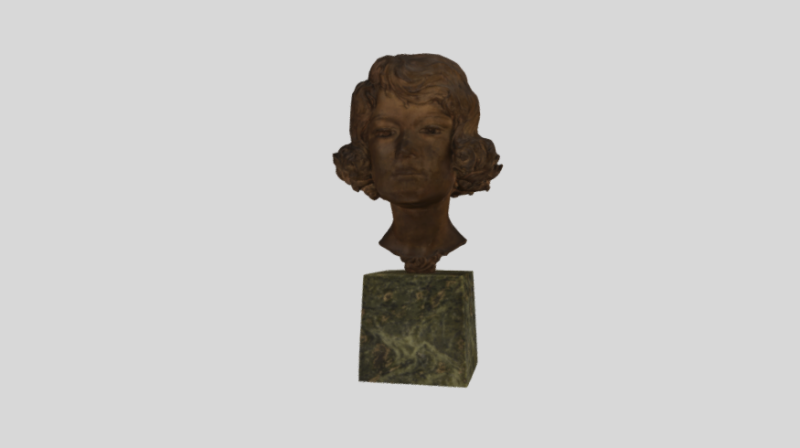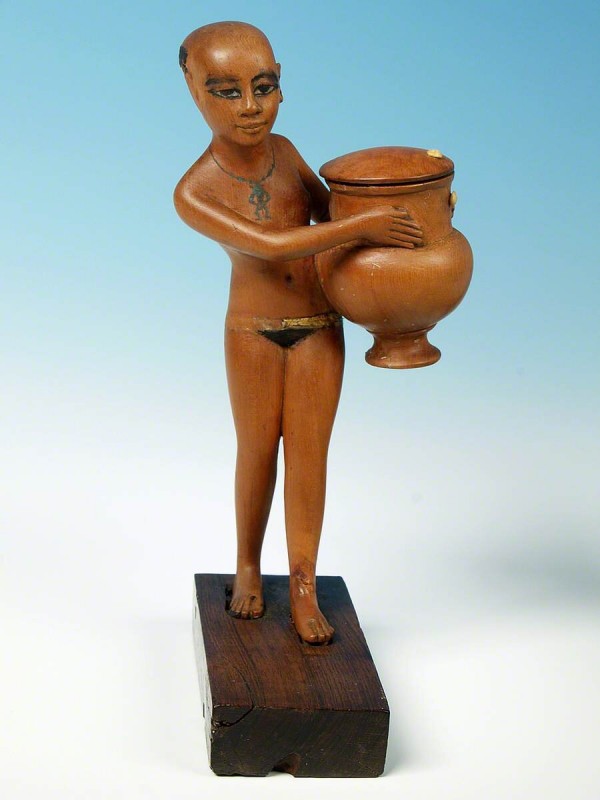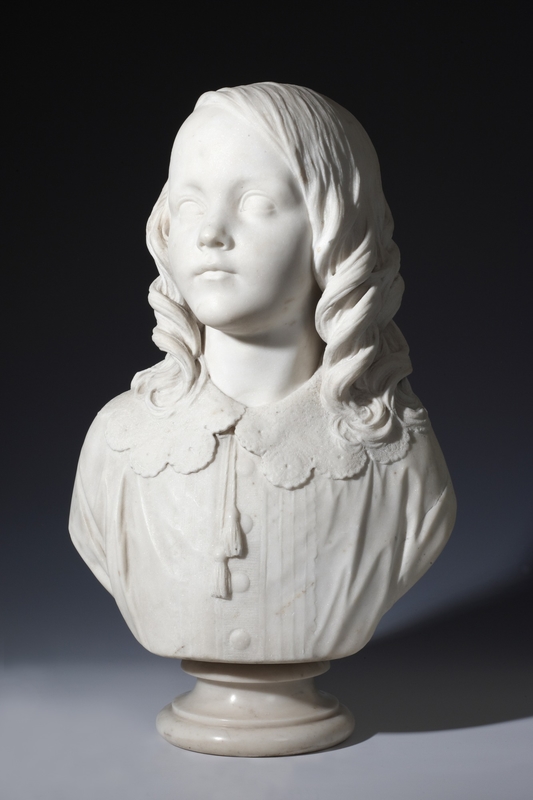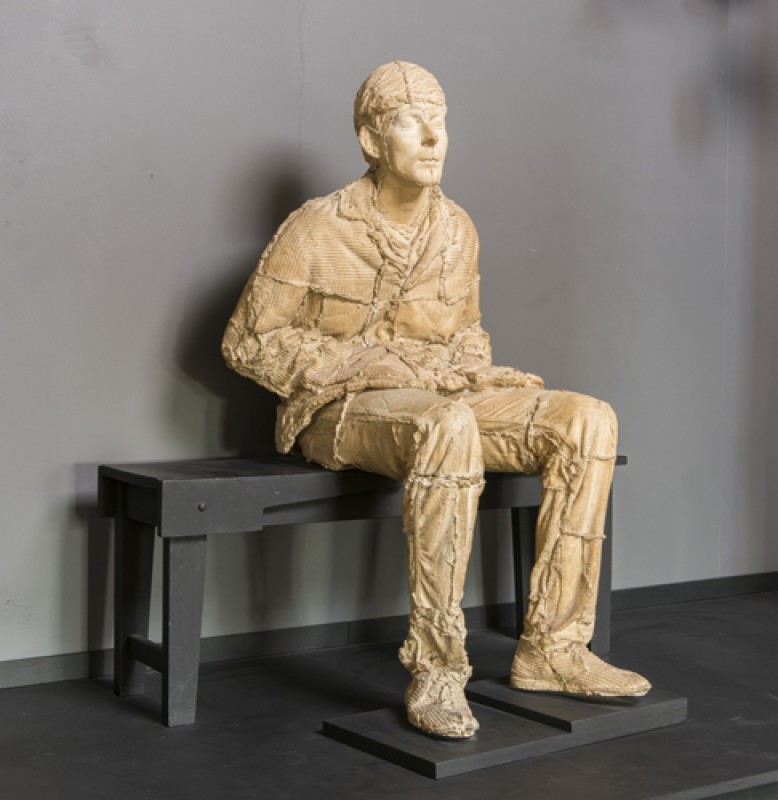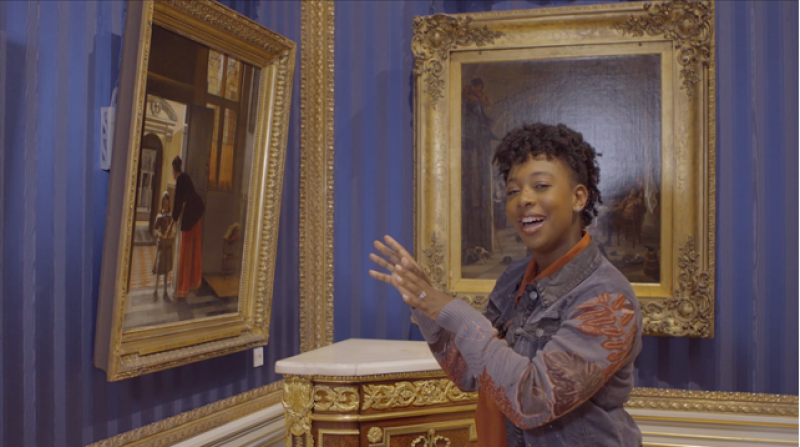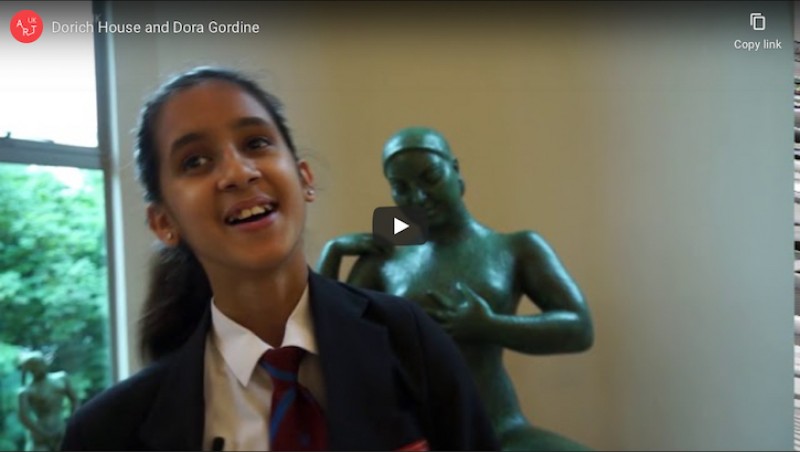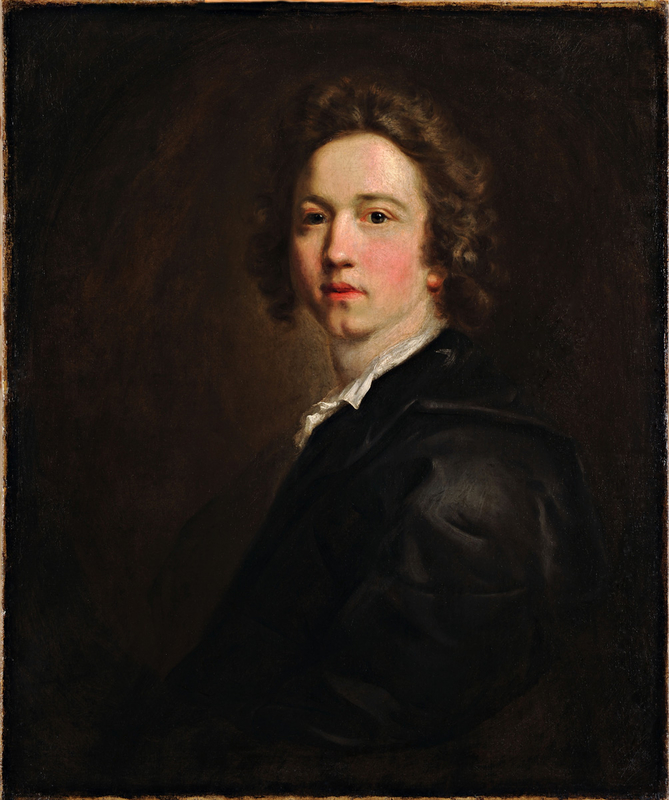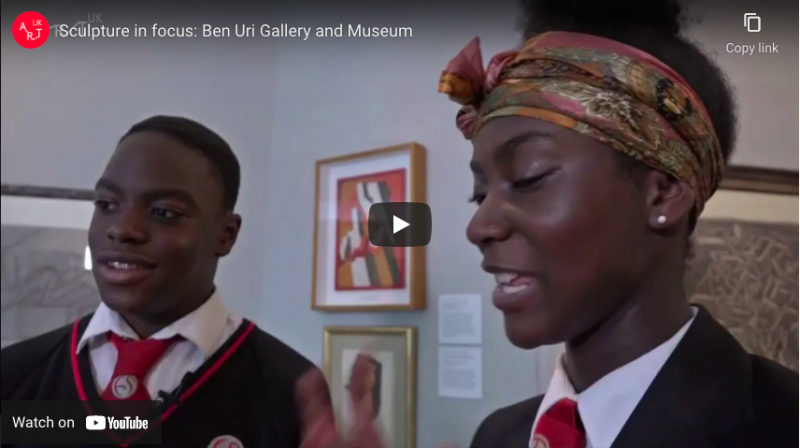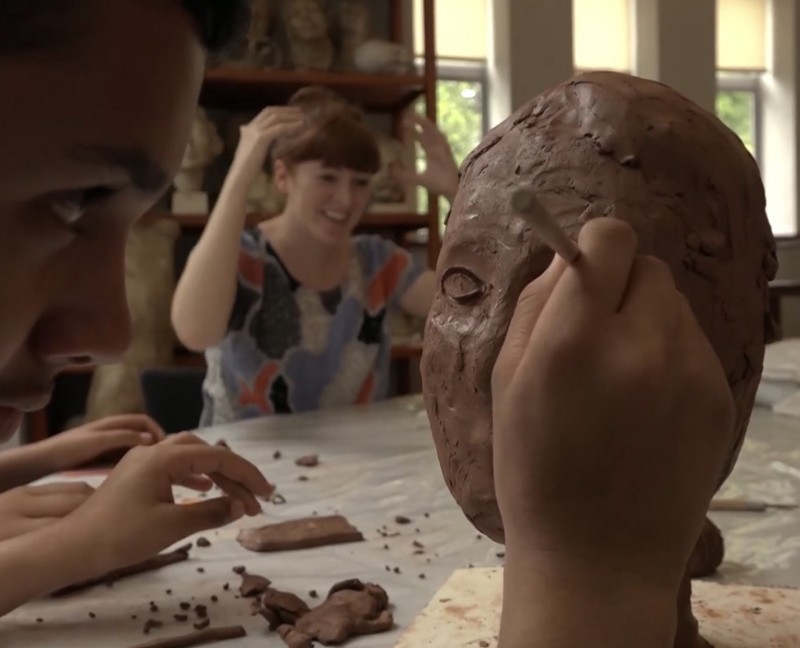Discuss: what is portraiture?
Portraiture is one of the oldest forms of art, capturing the likeness of a person in order to commemorate them across time. Before the advent of photography, portraits were primarily created through painting, drawing or sculpture.
Often the subject of the portrait is someone who has achieved something remarkable in their own lifetime, such as Jamaican-born Harold Moody, who campaigned against racial prejudice in Britain in the 1930s. Below is a 3D scan of a sculpture held by the National Portrait Gallery, which is based on an earlier 1946 portrait of Moody sculpted by his brother Ronald.
- why might an artist have felt compelled to create a portrait of Harold Moody?
- what can they deduce about Moody from the portrait?
- what materials and processes might the original artist have used to create this portrait?
- does the fact it was sculpted by his brother change their perception of the work?
Individual task: explore examples of portraiture
Task your students with looking through examples of sculpted portraiture on the Art UK website, specifically busts. Here are some examples to get them started.
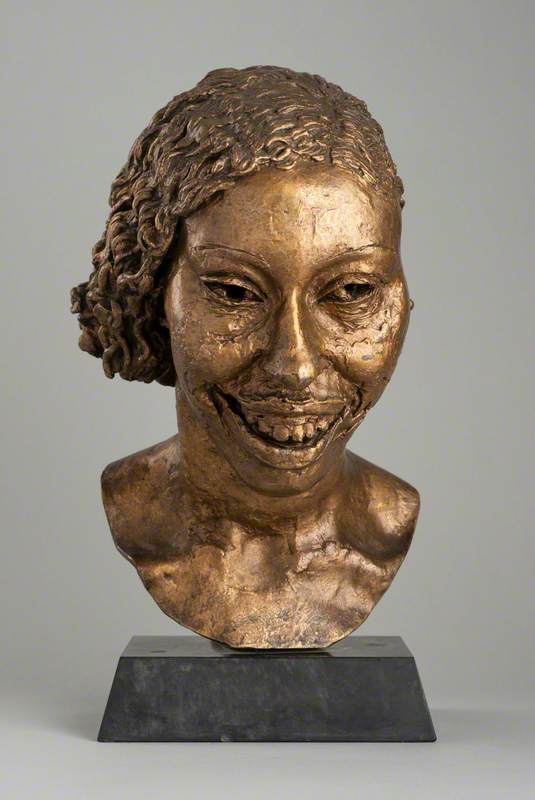
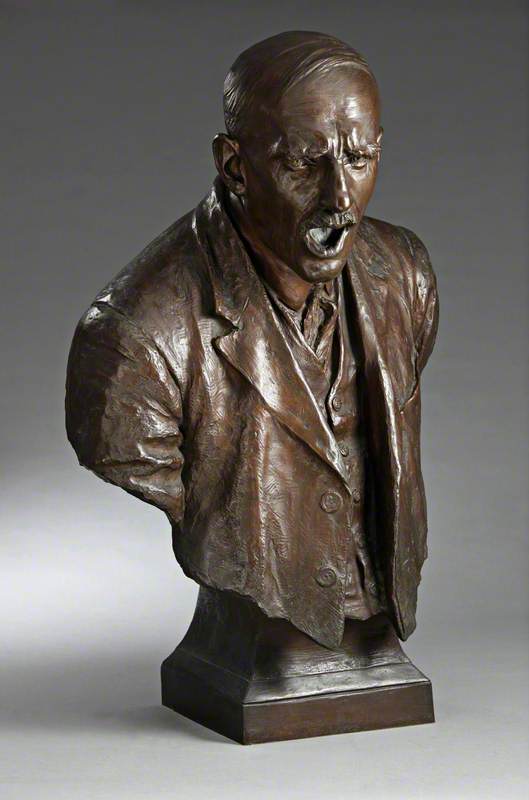

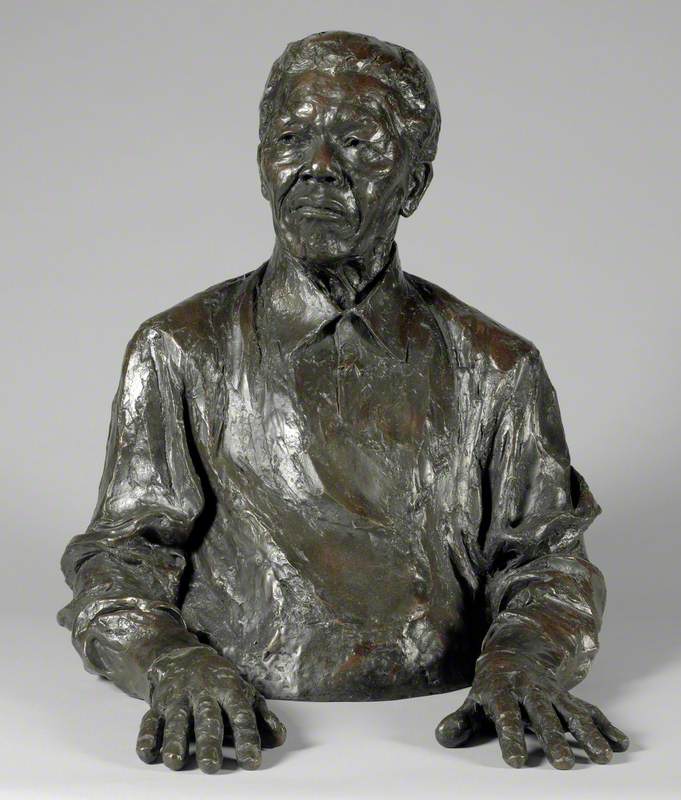
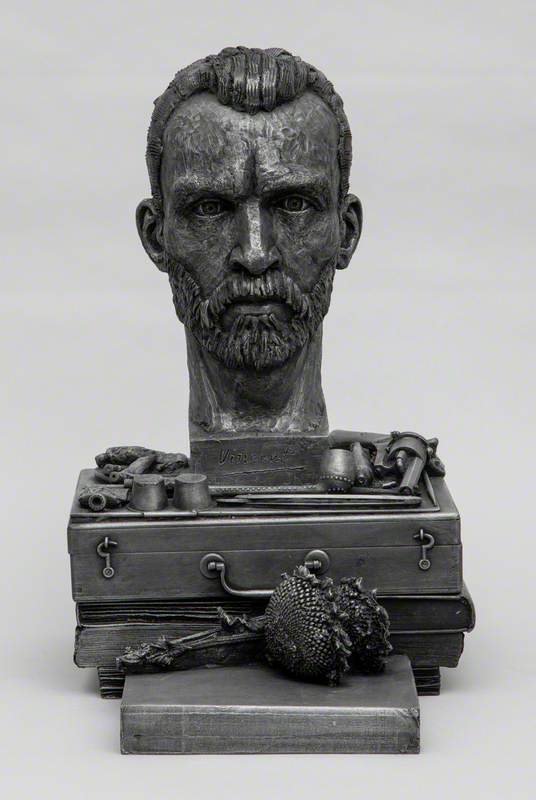
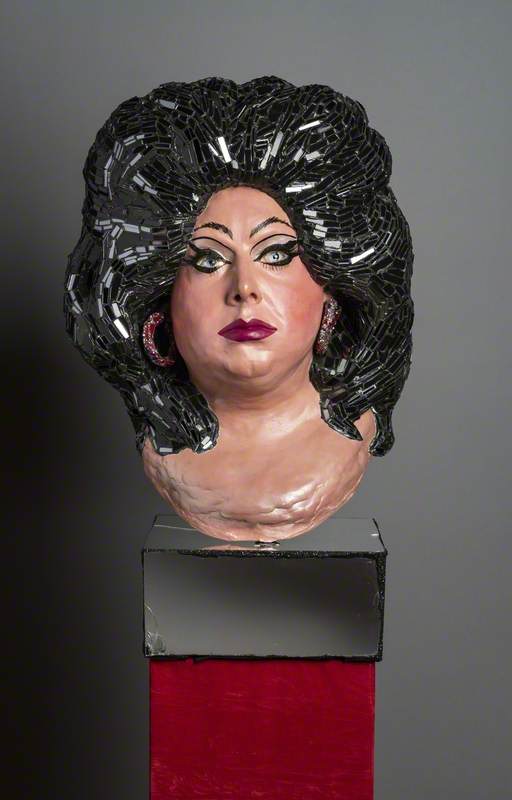
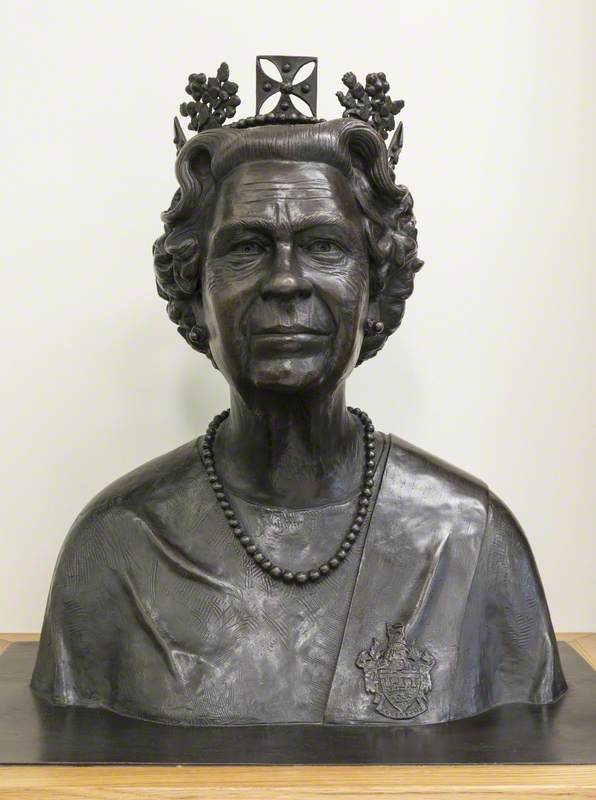
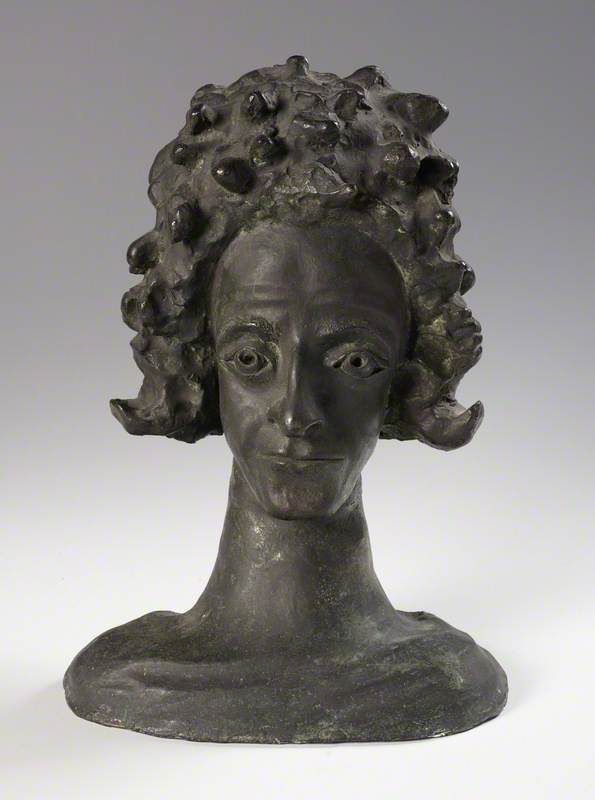
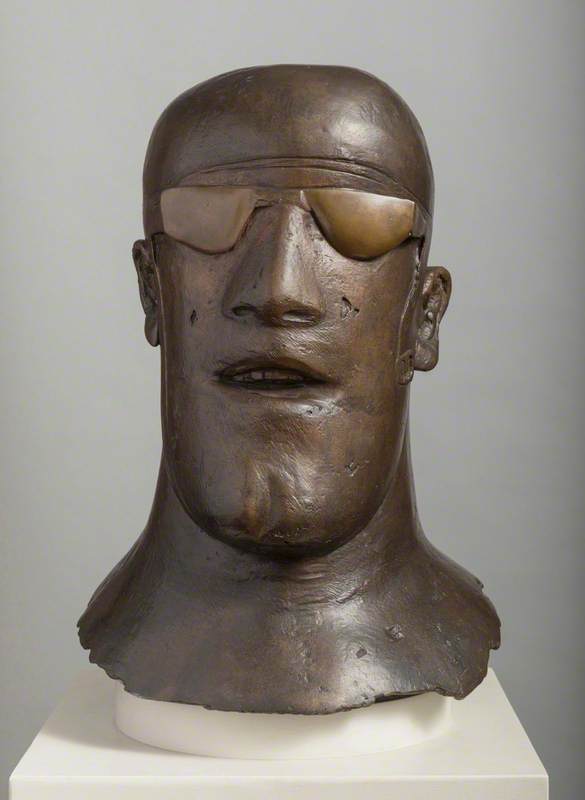
Ask them to choose their favourite portrait and note down the following:
- why did they choose this portrait?
- can they tell anything about the person through their facial expression?
- are there any other significant details in the artwork which tells them something about the subject?
- was their selection of a well-known figure? Or someone lesser-known and/or anonymous?
Discuss some of their choices as a class by displaying examples on a whiteboard. Follow up these examples with a wider class discussion of this question:
Who should artists represent in their work, and why?
